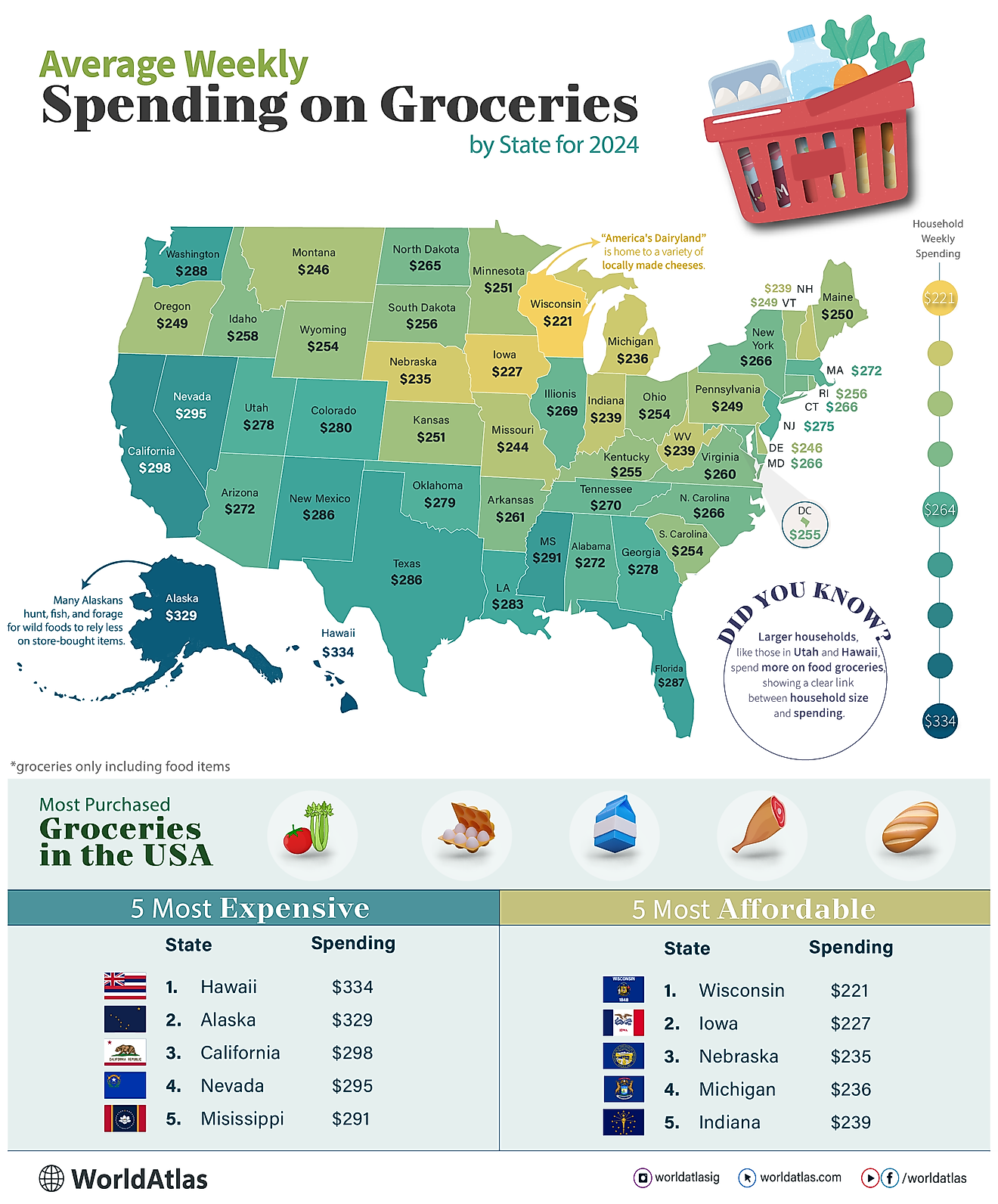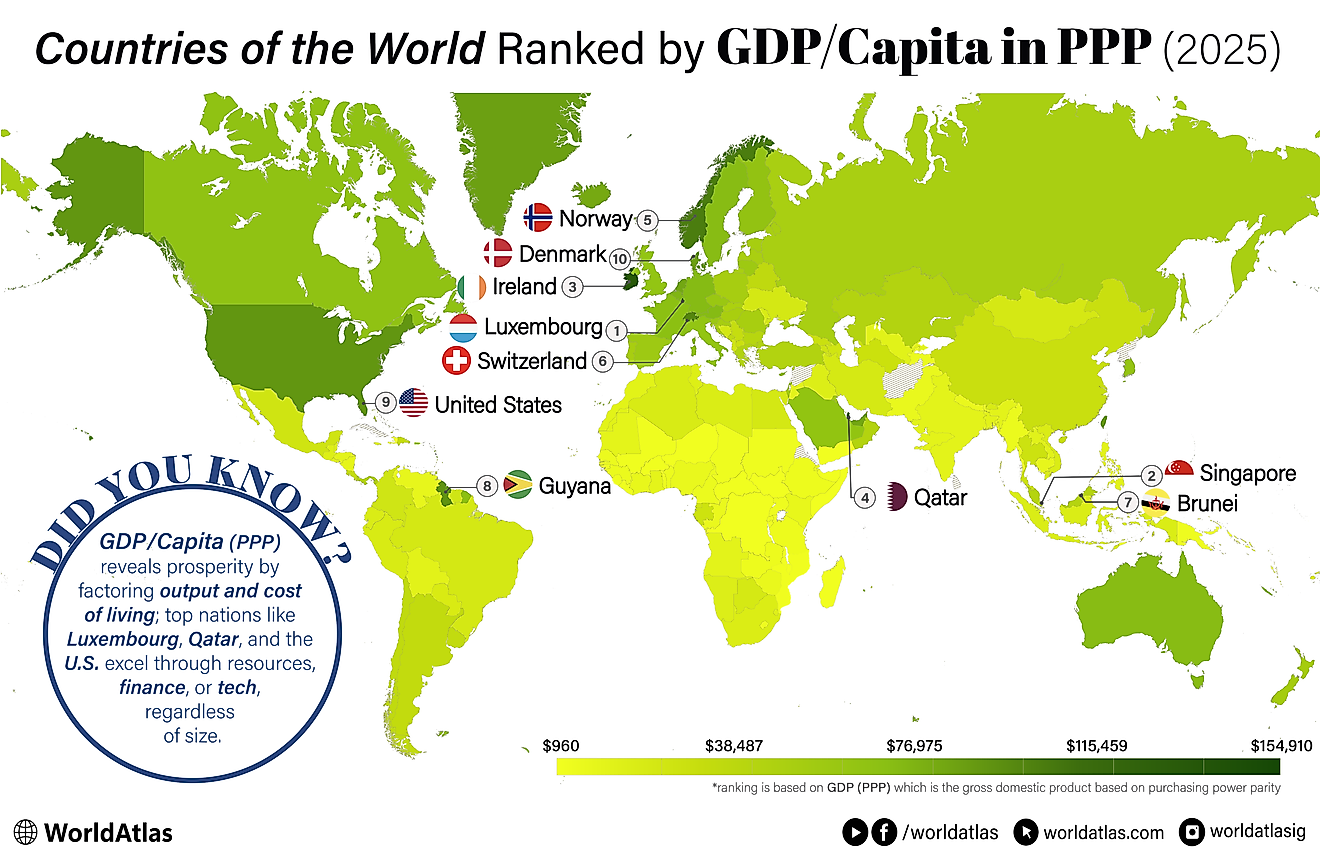
The Richest Countries In Africa 2025
Africa’s richest countries, measured by income per person, can be clustered into three distinct archetypes.
First are compact island economies, Seychelles and Mauritius, where high-value services, tourism, and sound institutions compound the advantages of scale.
Second are hydrocarbon exporters, Gabon, Equatorial Guinea, Libya, and Algeria, whose oil and gas endowments lift averages but expose citizens to price cycles and governance risks.
Third are diversified, mid-sized markets, South Africa and Tunisia, where finance, manufacturing, and tradable services underpin living standards despite slow growth and fiscal strain.
Population size matters: small states convert modest GDP into high per-capita incomes, while larger economies need productivity gains to move the needle. So do policy choices: macroeconomic stability, investment in human capital, and openness to trade shape resilience when tourism slumps or commodity prices fall. This ranking highlights where purchasing power is highest today, and what is driving it: institutions, resources, or diversification, offering clues to which models are sustainable, vulnerable, or poised for inclusive catch-up in Africa.
Jump to a list of all the African countries ranked by GDP/Capita (PPP)
10 Richest Countries In Africa
| Rank | Country | GDP/Capita (PPP) |
|---|---|---|
| 1 | Seychelles | $42,110 |
| 2 | Mauritius | $33,023 |
| 3 | Gabon | $24,738 |
| 4 | Egypt | $21,758 |
| 5 | Equatorial Guinea | $20,493 |
| 6 | Botswana | $19,053 |
| 7 | Algeria | $18,509 |
| 8 | Libya | $17,930 |
| 9 | South Africa | $16,049 |
| 10 | Tunisia | $14,982 |
1. Seychelles - $42,110 GDP/Capita (PPP)
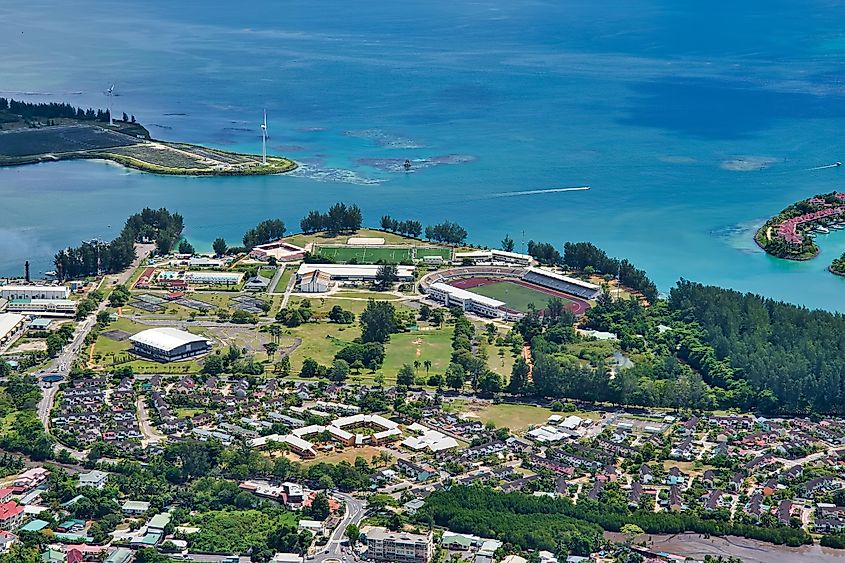
Seychelles is Africa’s richest country by GDP per capita, a high-income, service-led island economy. Nominal GDP per capita is about $21,630 in 2025. Tourism and tuna fishing dominate exports and jobs, while an expanding financial services sector adds resilience. The public sector remains large, yet fiscal reforms after the 2008 default strengthened stability. With very high human development and Africa’s best corruption score in 2020, living standards are comparatively high. However, the economy imports over 90% of goods and is highly exposed to external shocks. Offshore oil prospects remain unproven; diversification and productivity continue as priorities.
2. Mauritius - $33,023 GDP/Capita (PPP)

Mauritius is among Africa’s richest by GDP per capita, an upper-middle-income island economy built on diversification and strong institutions. Since independence, it shifted from sugar to textiles, tourism, finance, and ICT, guided by export-processing zones, prudent macro policy, and inclusive public investment in free education and health. Services now exceed 70% of GDP; per-capita income reached about $12,973 nominal in 2024. Political stability, transparent regulation, and corruption controls bolstered investment and resilience after the 2020 shock, with growth resuming in 2022-23. Climate risks, floods, and coastal erosion prompt a new 2% corporate climate levy to fund adaptation while sustaining tourism.
3. Gabon - $24,738 GDP/Capita (PPP)
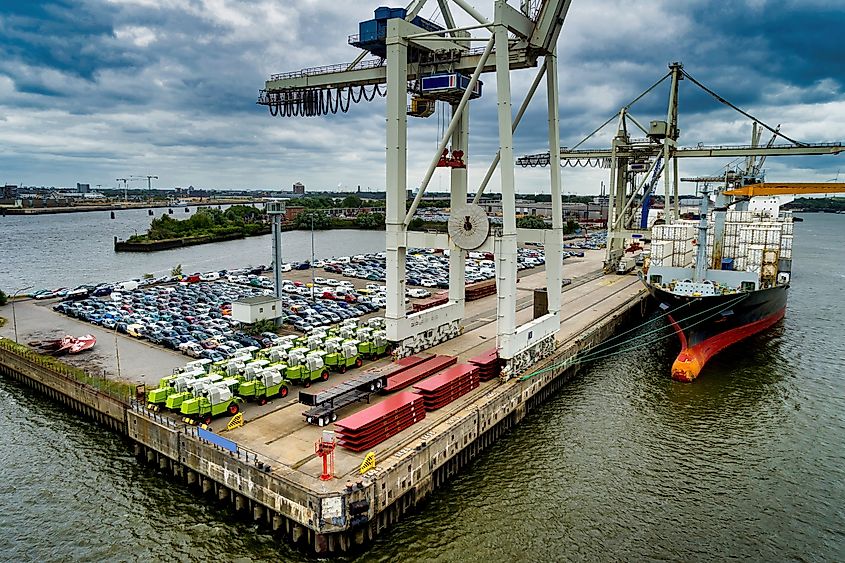
Gabon is among Africa’s richest by GDP per capita, but wealth is uneven. An upper-middle-income, oil-dependent economy, it had a nominal GDP per capita of around $8,840 in 2025 for 2.48 million people. Oil provides roughly half of GDP and 80% of exports, about 200,000 bpd, leaving growth exposed to price swings. Industry dominates output, while agriculture is small; exports also include manganese and timber. Urbanization is high, with Libreville home to most residents. Poverty remains above 30% and unemployment is near 20%. Inflation is low, and debt is around 73% of GDP. Diversification targets mining, timber processing, services, forestry, and manufacturing industries.
4. Egypt - $21,758 GDP/Capita (PPP)
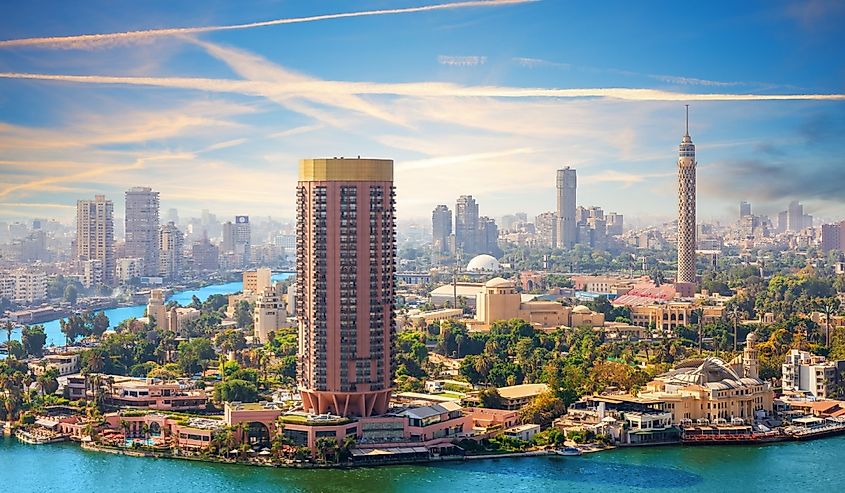
Egypt is Africa’s second-largest economy and a lower-middle-income, mixed market system. In 2025, it posts a GDP of about $349bn nominal (PPP $2.38trn), with per-capita income around $3,191 nominal ($21,758 PPP). Services lead (52% of GDP), alongside industry (33%) and agriculture (11%). Growth is supported by hydrocarbons, the Suez Canal, tourism, ICT, and remittances, plus reforms under Egypt Vision 2030. A 2024 pound float, new IMF/EU/World Bank packages, and a $35bn UAE Ras El Hekma deal shored up reserves and credit outlook. Challenges persist: high inflation (20%), external debt, state/military crowd-out, and poverty. Diversification, export pus,h and privatization anchor the outlook.
5. Equatorial Guinea - $20,493 GDP/Capita (PPP)
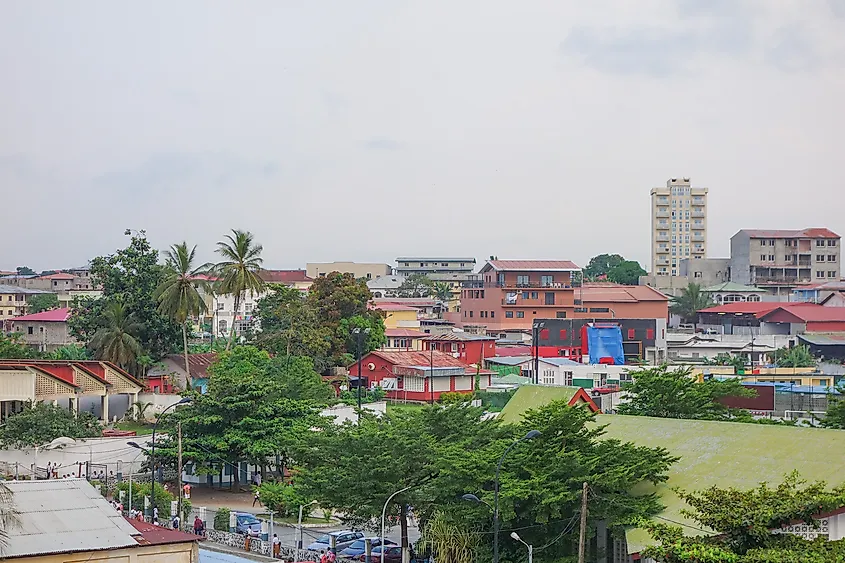
Equatorial Guinea is an upper-middle-income, oil-dependent economy with a 2025 GDP of about $12.7bn nominal and $33bn PPP, and per-capita income near $7,750 nominal. Hydrocarbons dominate, industry is 51% of GDP, and exports are chiefly crude oil, gas, and timber, with China, Spain, India, and Zambia key partners. After the 2014 oil-price crash, growth turned negative and remains volatile; inflation is low within the CFA franc zone. Despite high averages, poverty is widespread (about two-thirds of people), and HDI is 0.650. Infrastructure and governance constraints persist, though methanol, LNG, agriculture, forestr,y and fishing offer diversification. Equatorial Guinea joined OPEC in 2017.
6. Botswana - $19,053 GDP/Capita (PPP)

Botswana is an upper-middle-income economy whose prosperity rests on diamonds mined through Debswana, the 50:50 venture with De Beers. In 2025, GDP was about $19.4bn nominal ($53bn PPP), with per-capita income near $7,020 nominal. Fiscal prudence, reserves, and low corruption underpin credit ratings (BBB+/A3). Yet growth is volatile: diamond dependence, rising competition from lab-grown gems, high unemployment (23%), and persistent inequality pose risks. Botswana is pushing diversification, tourism around the Okavango Delta, beef, soda ash, financial services, and manufacturing, while importing most power and developing coal projects. Trade is anchored in SACU; diamond buyers include India, Belgium, and the UAE.
7. Algeria - $18,509 GDP/Capita (PPP)

Algeria is an upper-middle-income OPEC member whose wealth is anchored in hydrocarbons. In 2025, GDP was about $288bn nominal ($875bn PPP), with per-capita income near $6,100 nominal and a population of 47.3m. Oil and gas provide about 89% of exports, mainly to Italy, Spain, and France, supporting large reserves and government debt near 55% of GDP in 2023. Inflation was 2.7% in August 2025, and unemployment was 9.7% in 2024. The state retains a large role, though reforms, new investment rules, and an updated hydrocarbons code seek private capital. Diversification targets agriculture, mining, and industry, but energy dependence still drives volatility.
8. Libya - $17,930 GDP/Capita (PPP)

Libya is an upper-middle-income OPEC member whose wealth is overwhelmingly oil-based. With just 7.4 million people, it posted a 2025 GDP of $47.9 billion nominal ($124 billion PPP) and per-capita income of $6,800 nominal. Hydrocarbons generate over 95% of export earnings and about 60% of GDP, leaving growth highly volatile: civil wars caused deep slumps, while output rebounded 17.3% in 2025; inflation was 2% in 2024, and unemployment 19% in 2023. Libya holds Africa’s largest proven oil reserves, exporting mainly to Italy and Spain. Diversification remains limited beyond petroleum, steel, cement, and basic manufacturing; agriculture and tourism contribute marginally to overall output.
9. South Africa - $16,049 GDP/Capita (PPP)
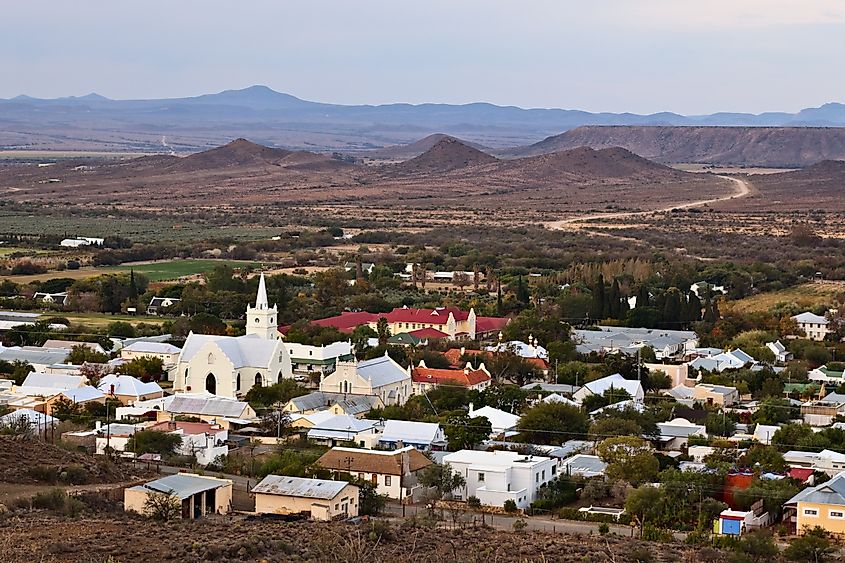
South Africa is Africa’s largest economy (Oct 2025), a diversified, upper-middle-income market with 2025 GDP around $426bn nominal ($1.03tn PPP) and per-capita income of $6,670. Services drive 63% of output, alongside globally significant mining (platinum-group metals, gold, chromium) and autos. Inflation was 3.4% in Sep 2025, but growth is subdued (1.1% in 2024-25), unemployment remains extreme (33.2%; youth 46%), and inequality is among the world’s highest (Gini 63). Exports ($145bn, 2023) go to China, India, the US, and Germany. Strengths include sophisticated finance (JSE) and offshoring; constraints include power shortages, crime, skills gap, and high public debt (77% of GDP).
10. Tunisia - $14,982 GDP/Capita (PPP)

Tunisia is a lower-middle-income, export-oriented economy with a 2025 GDP of about $59 billion nominal ($183 billion PPP) and per-capita income of $4,436. Services dominate at 68%, followed by industry (22%) and agriculture (10%). Core earners include petroleum, phosphates, textiles, electrical/mechanical parts, olive oil, and tourism. Exports (c.$19 billion, 2019) flow mainly to France, Italy, and Germany. Inflation was 6.5% in 2022; unemployment was around 15% (Q2 2022). Public debt and weak growth weigh on finances, with fiscal strains and IMF talks culminating in a 2025 break. Strengths are EU market access and diversified manufacturing; vulnerabilities include energy import dependence, tourism shocks, and persistent joblessness.
Countries In Africa Ranked By GDP/Capita in PPP
| Rank | Country | GDP/Capita (PPP) |
|---|---|---|
| 1 | Seychelles | $42,110.40 |
| 2 | Mauritius | $33,023.74 |
| 3 | Gabon | $24,738.80 |
| 4 | Egypt | $21,758.84 |
| 5 | Equatorial Guinea | $20,493.83 |
| 6 | Botswana | $19,053.10 |
| 7 | Algeria | $18,509.45 |
| 8 | Libya | $17,930.65 |
| 9 | South Africa | $16,049.82 |
| 10 | Tunisia | $14,982.77 |
| 11 | Eswatini | $13,310.11 |
| 12 | Namibia | $12,341.51 |
| 13 | Cabo Verde | $12,335.27 |
| 14 | Morocco | $11,437.15 |
| 15 | Angola | $10,216.56 |
| 16 | Nigeria | $9,488.16 |
| 17 | Djibouti | $9,407.65 |
| 18 | Mauritania | $8,774.94 |
| 19 | Ghana | $8,410.29 |
| 20 | Côte d'Ivoire | $8,112.67 |
| 21 | Zimbabwe | $7,842.81 |
| 22 | Kenya | $7,556.08 |
| 23 | Congo, Republic of | $6,515.36 |
| 24 | São Tomé and Príncipe | $6,459.87 |
| 25 | Cameroon | $5,791.09 |
| 26 | Senegal | $5,354.70 |
| 27 | Guinea | $4,751.12 |
| 28 | Benin | $4,719.24 |
| 29 | Zambia | $4,503.43 |
| 30 | Ethiopia | $4,419.78 |
| 31 | Tanzania | $4,371.13 |
| 32 | Rwanda | $4,100.68 |
| 33 | Comoros | $4,015.31 |
| 34 | Uganda | $3,904.25 |
| 35 | Sierra Leone | $3,699.42 |
| 36 | Gambia, The | $3,680.03 |
| 37 | Togo | $3,372.91 |
| 38 | Guinea-Bissau | $3,279.35 |
| 39 | Chad | $3,155.03 |
| 40 | Lesotho | $3,089.29 |
| 41 | Burkina Faso | $3,019.01 |
| 42 | Mali | $2,889.97 |
| 43 | Sudan | $2,418.62 |
| 44 | Niger | $2,095.24 |
| 45 | Madagascar | $2,039.72 |
| 46 | Congo, Dem. Rep. of the | $1,974.51 |
| 47 | Liberia | $1,960.93 |
| 48 | Somalia | $1,897.72 |
| 49 | Malawi | $1,757.70 |
| 50 | Mozambique | $1,732.60 |
| 51 | Central African Republic | $1,369.33 |
| 52 | Burundi | $989.30 |
| 53 | South Sudan, Republic of | $953.68 |
| - | Eritrea | no data |
Discover More Rich Countries
The Richest Countries In The World
Liechtenstein, Singapore, and Luxembourg stand out as the richest countries for 2025, with GDP/Capita in PPP of $201,112, $156,969, and $152,395, respectively.
The Richest Countries In Asia
Singapore, Qatar, and Brunei are currently the richest countries in Asia for 2025, with GDP/Capita in PPP of $156,969, $122,283, and $94,472, respectively.
The Richest Countries In North America
The United States, Canada, and Panama are the richest countries in North America for 2025, with GDP/Capita in PPP of $89,599, $65,500, and $43,651, respectively.
The Richest Countries In Europe
Liechtenstein, Luxembourg, and Ireland rank as the three richest countries in Europe for 2025, with a GDP/Capita in PPP of $201,112, $152,395, and $147,878, respectively.
The Richest Countries In South America
Guyana, Uruguay, and Chile are the richest countries in South America for 2025, with GDP/Capita in PPP of $94,189, $37,190, and $35,286, respectively.
The Richest Countries In South Asia
The Maldives, Bhutan, and India are the richest countries in South Asia for 2025, with GDP/Capita in PPP of $36,066, $17,722, and $12,101, respectively.









